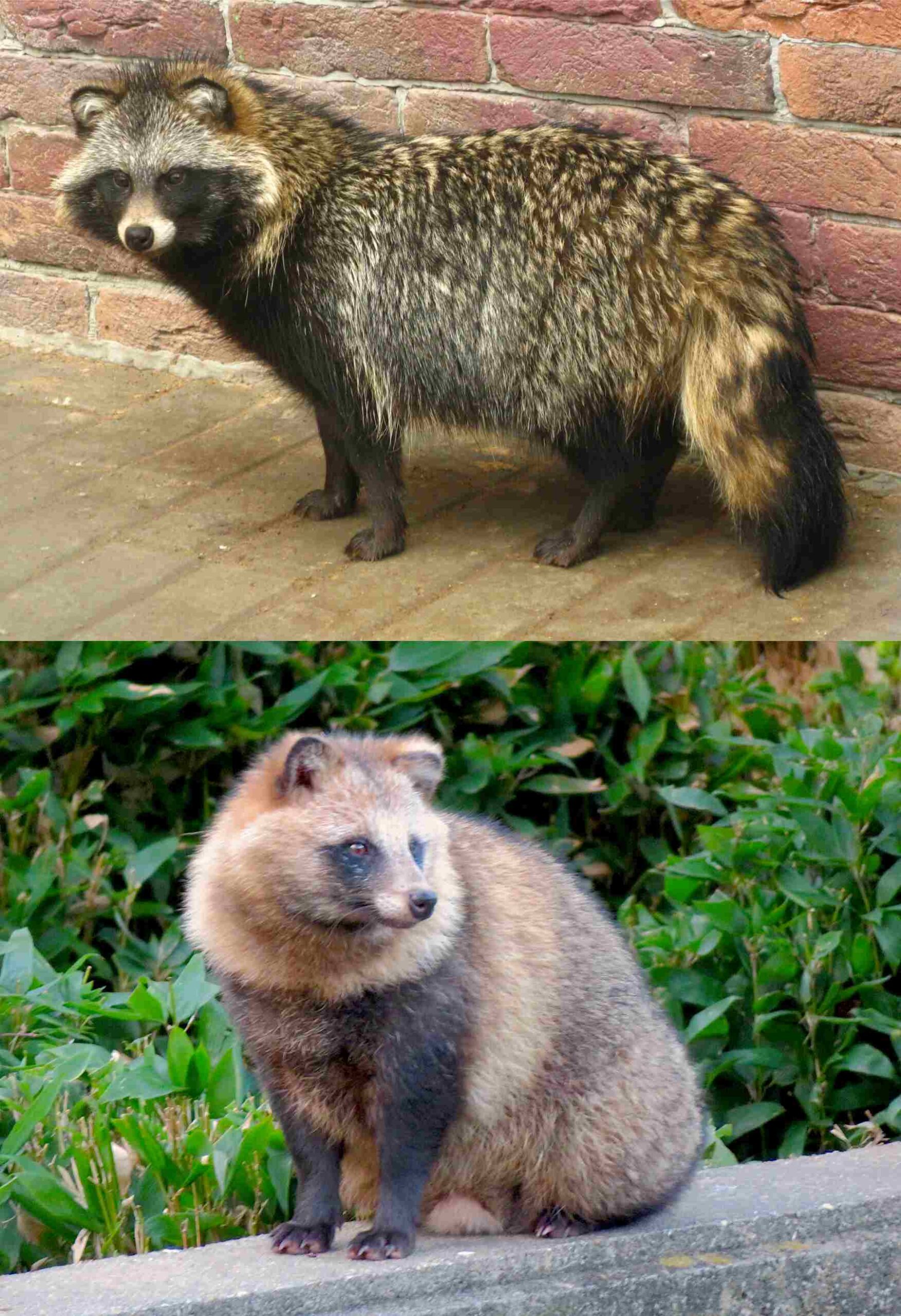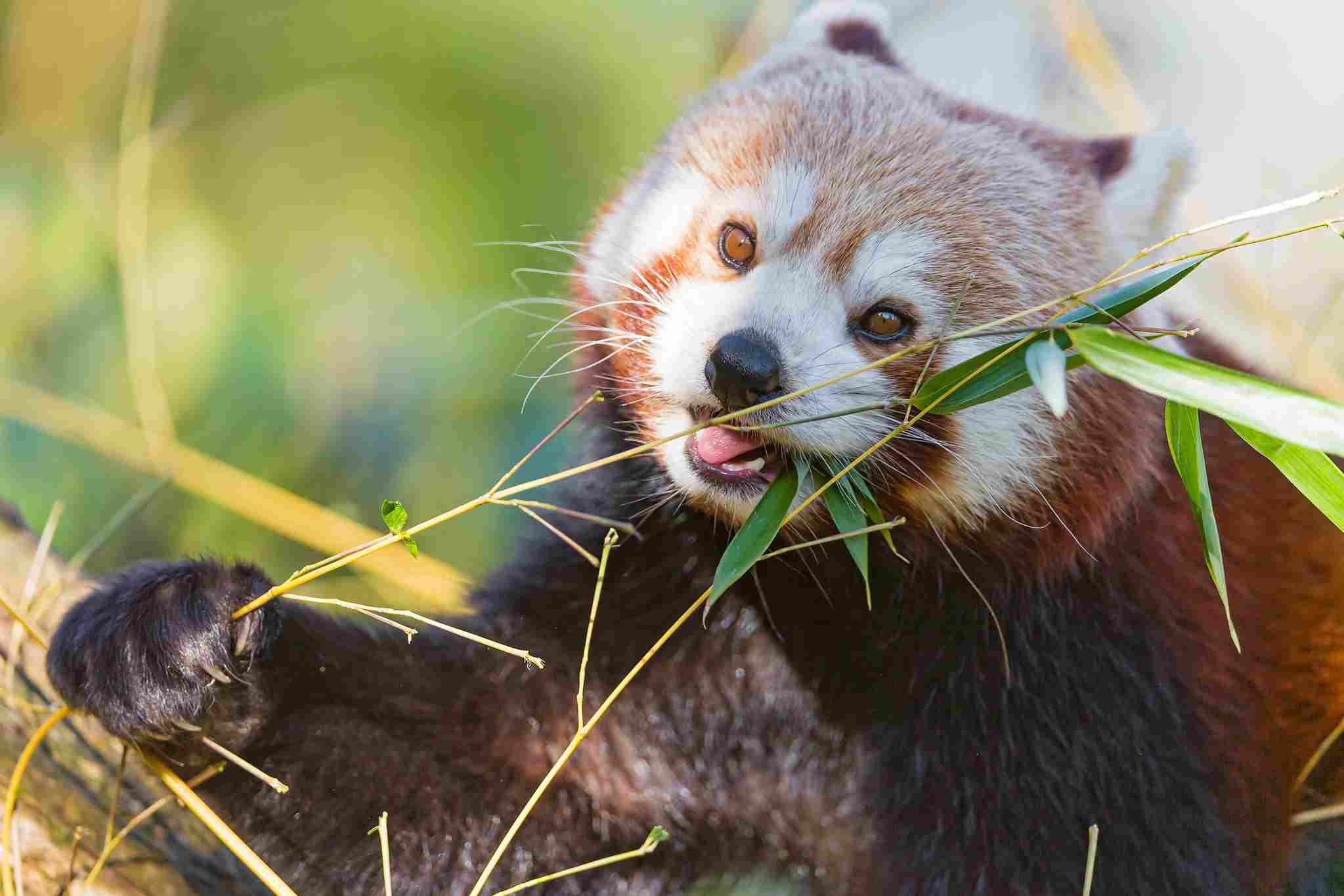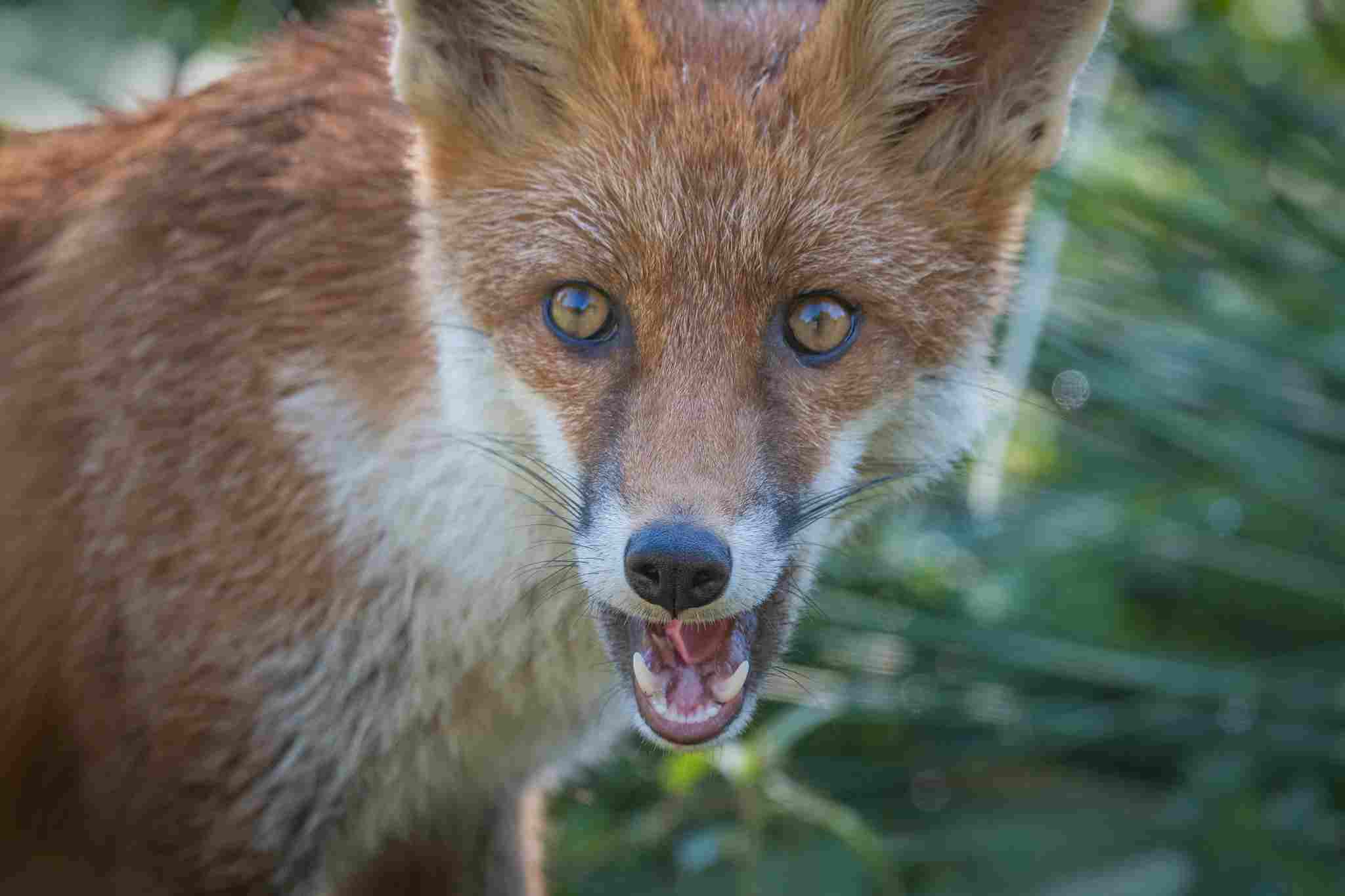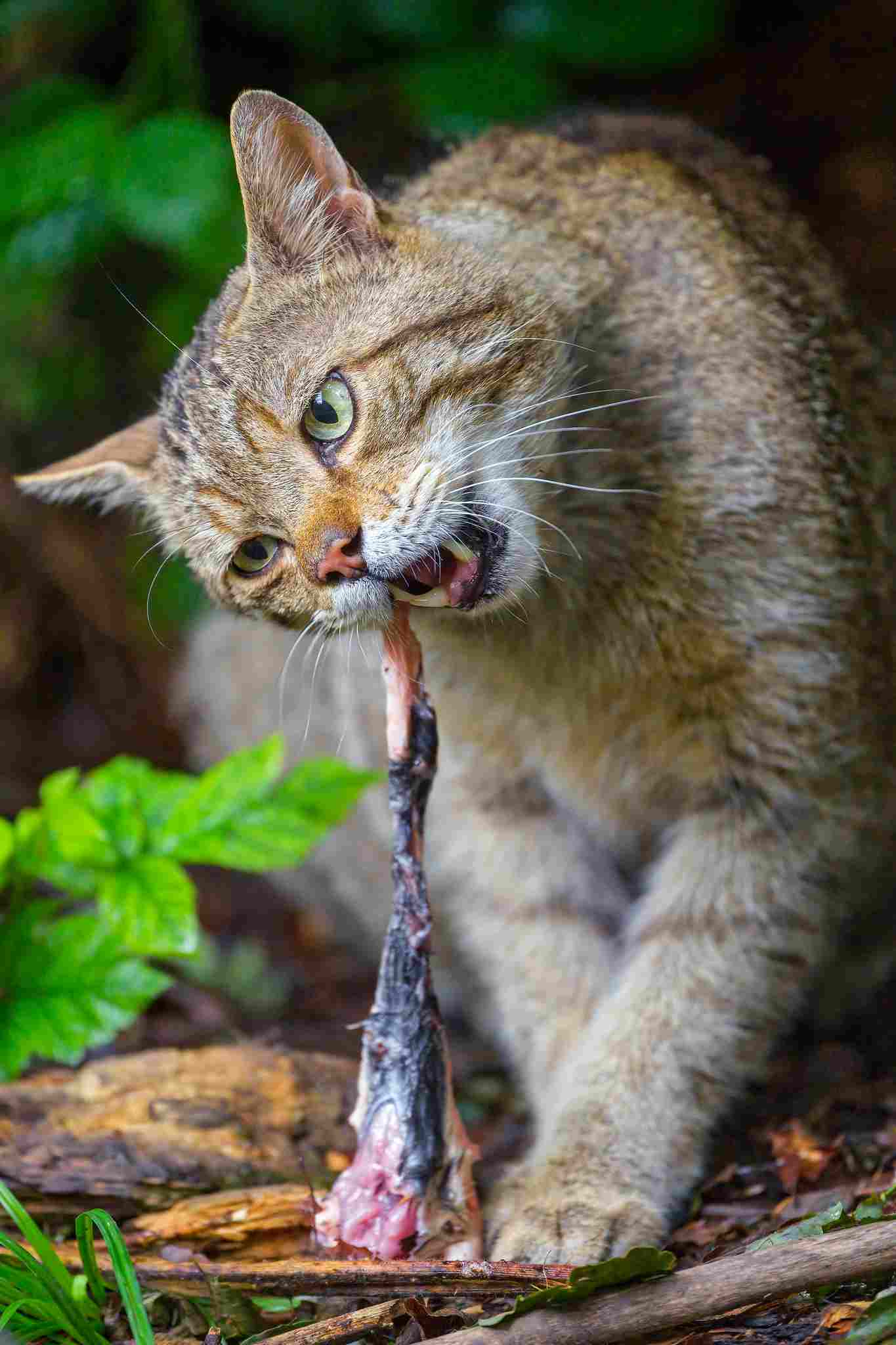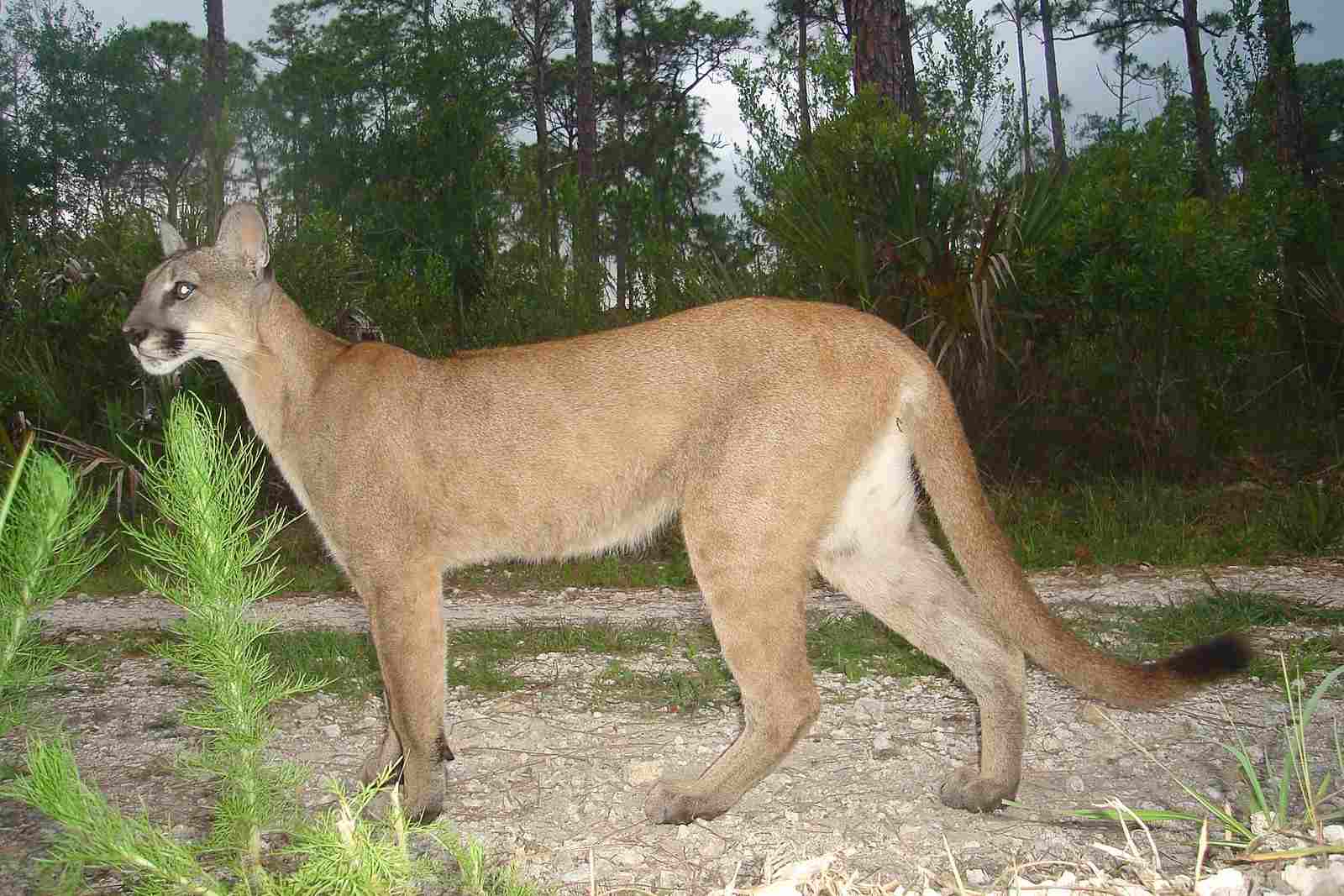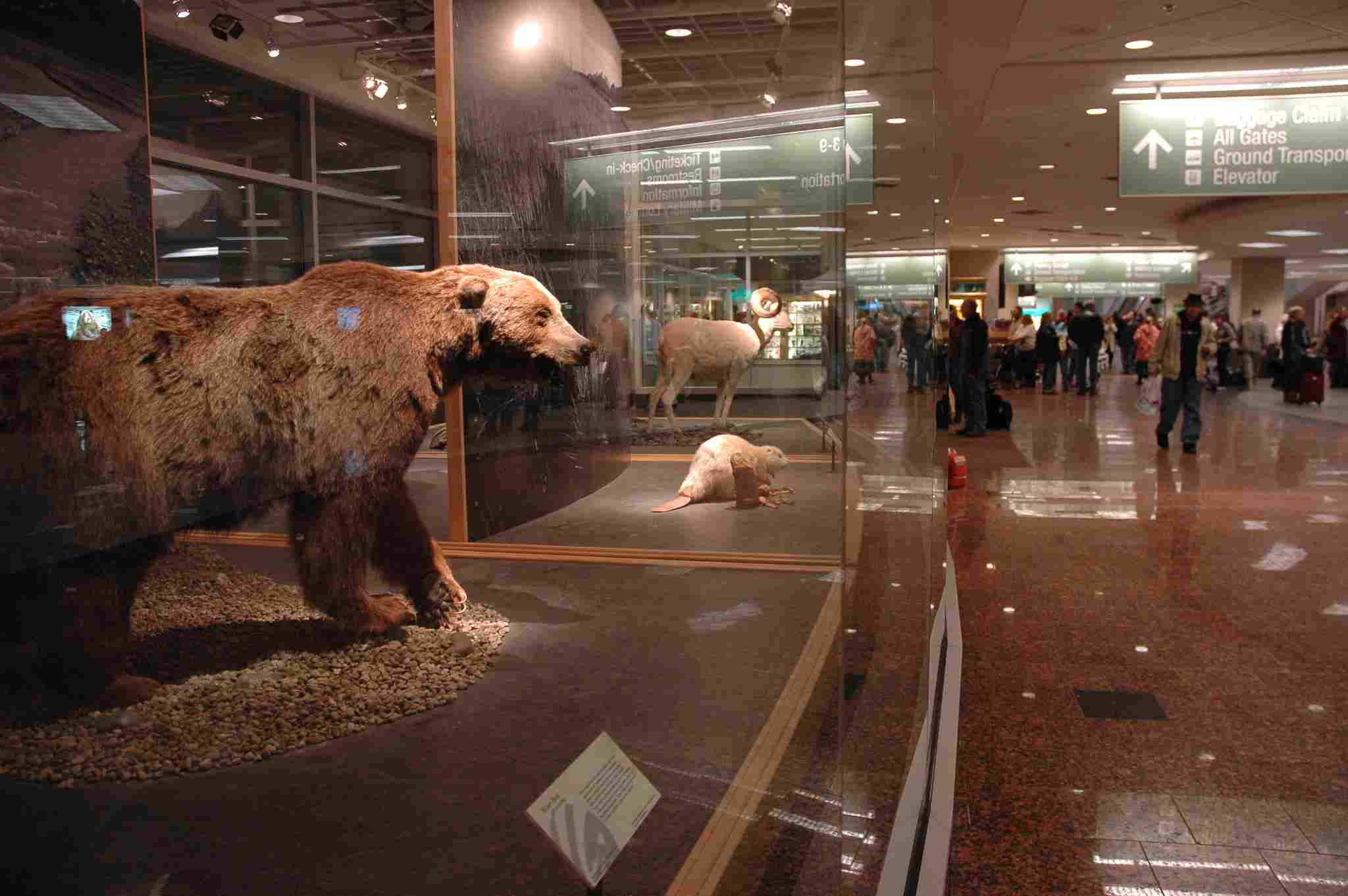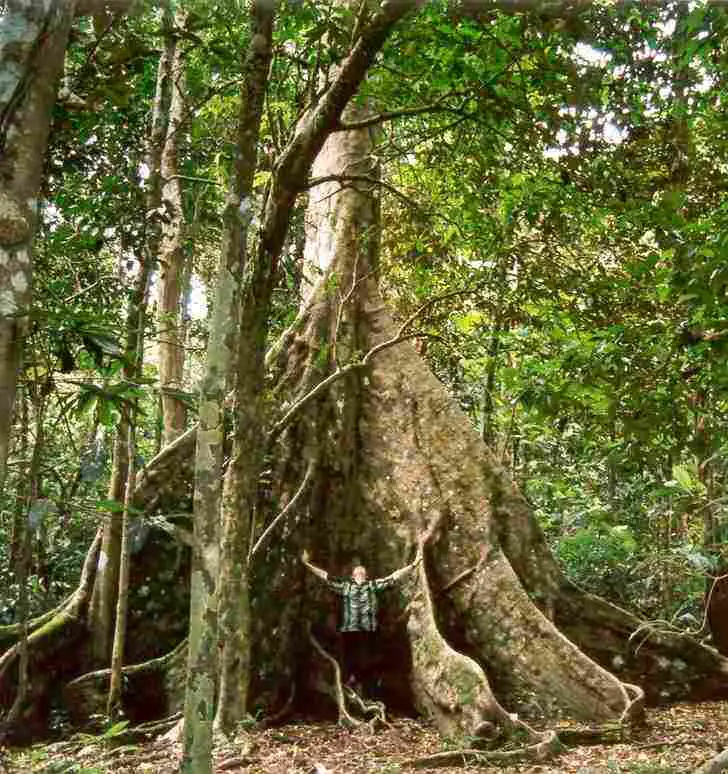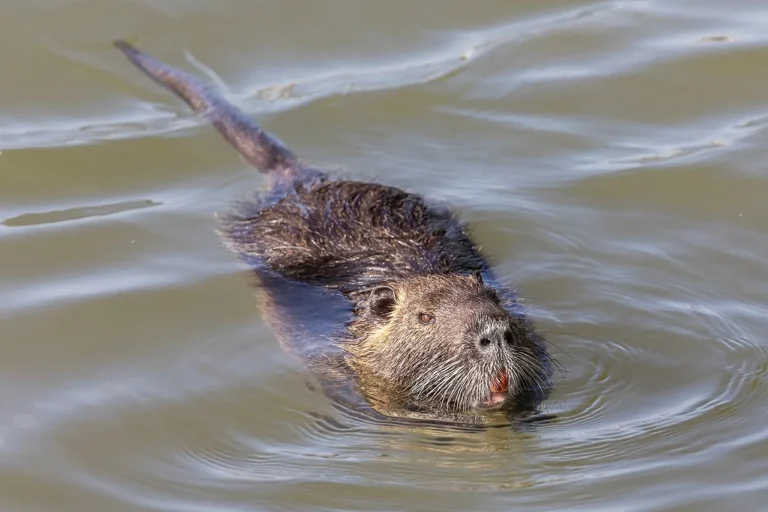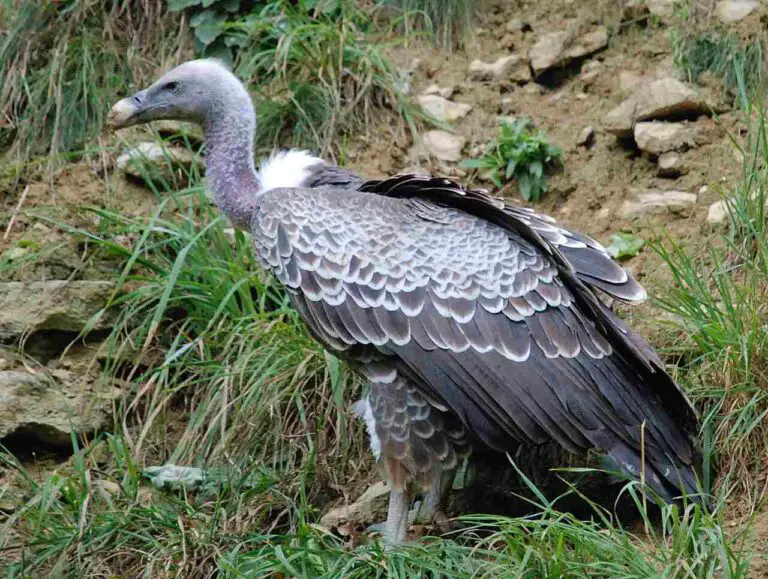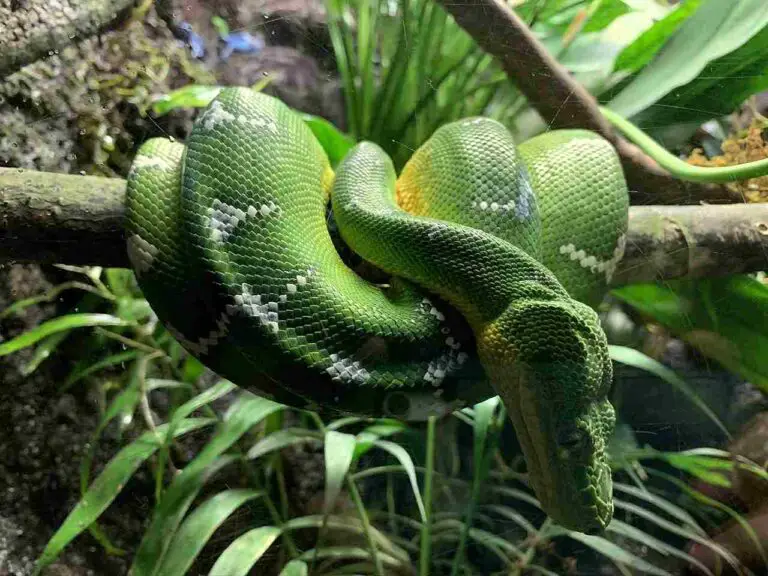Raccoon Vs Tanuki Size, Weight, Overall Comparison
Exploring a theoretical confrontation between a raccoon and a tanuki, we unravel the genetic differences that distinguish these species. Despite potential visual similarities, the raccoon, not closely related to the tanuki, holds physiological advantages. In a fight, the raccoon’s tendencies toward larger size, greater weight, strength, and overall predatory prowess position it as the likely victor.
Raccoon vs Tanuki: Dissecting Genetic and Predatory Contrasts
In contemplating a potential face-off between a raccoon and a tanuki, we delve into the genetic distinctions and predatory traits that define these creatures. The raccoon, not sharing a close kinship with the tanuki, exhibits physiological advantages that can influence the outcome of a hypothetical confrontation.
I). Genetic Differences:
– Raccoons and tanukis belong to distinct genetic lineages. While tanukis are canids, relatives of dogs, wolves, and foxes, raccoons follow a different evolutionary path. These genetic differences set the stage for varied physiological traits.
II). Physiological Distinctions:
– Tanukis, as canids, share common ancestry with dogs and foxes, leading to certain physiological similarities. However, raccoons, belonging to a different family, showcase distinct features that set them apart.
III). Raccoon’s Tendencies Towards Larger Size:
– On average, raccoons tend to be slightly larger than tanukis, possessing a size advantage that can play a significant role in determining the outcome of a physical confrontation.

IV). Raccoon’s Greater Weight and Strength:
– The raccoon’s tendencies toward greater weight and strength contribute to its overall predatory prowess. In a hypothetical fight, these physical attributes position the raccoon as the likely victor.
V). Predicting Outcomes:
– Given the raccoon’s genetic and physiological advantages, including size, weight, and strength, it is likely to emerge as the victor in a hypothetical confrontation with a tanuki. The divergent evolutionary paths of these species underscore the disparities in their predatory capabilities.
VI). Real-World Considerations:
– Real-world interactions between raccoons and tanukis are improbable due to their distinct habitats and geographic ranges. Nonetheless, the examination of hypothetical confrontations provides insights into the potential outcomes based on their genetic and physiological attributes.
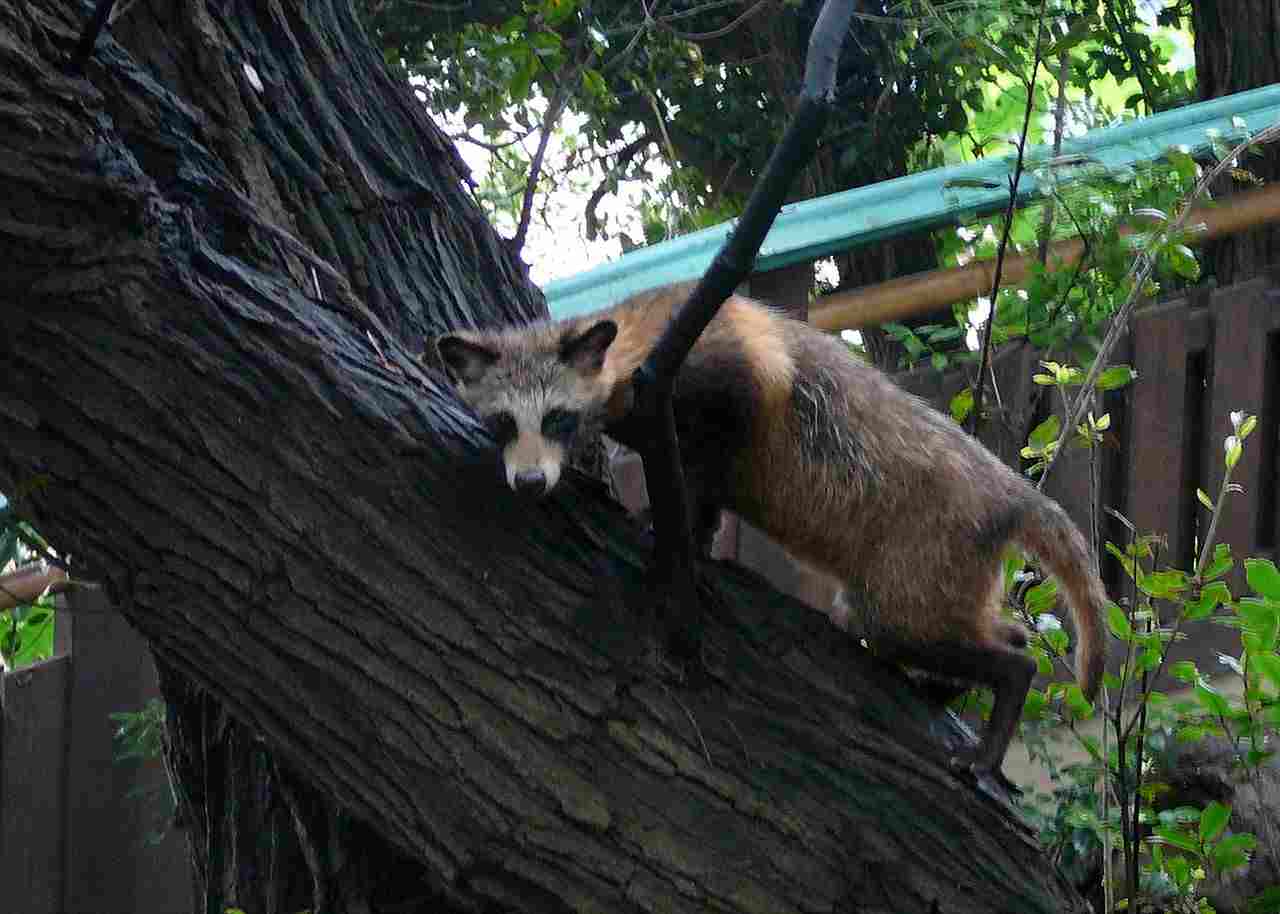
VII). Overall Dynamics:
– This analysis emphasizes the genetic and physiological distinctions between raccoons and tanukis. While raccoons are not closely related to tanukis, their superior size, weight, and strength position them as likely victors in a hypothetical confrontation, highlighting the influence of evolutionary pathways on interspecies dynamics.
*Details of Comparison
| Criteria | Raccoon | Tanuki |
| Taxonomy | Family Procyonidae, Genus Procyon |
Family Canidae, Genus Nyctereutes
|
| Appearance | Mask-like facial marking, ringed tail |
Rounded face, short legs, yellowish-gray fur
|
| Size | Length 60–95 cm, Tail 20–40 cm |
Length 55–70 cm, Tail 13–25 cm
|
| Weight | 5–26 pounds | 4–13 pounds |
| Bite Force (PSI) | Estimated around 30 PSI |
Generally considered lower
|
| Physical Offensive Advantages | Sharp claws and teeth |
Short legs and agility
|
| Physical Defensive Advantages | Agility and climbing ability |
Swift movements and digging abilities
|
| Speed | Up to 15 mph | Up to 10 mph |
| Agility | Excellent tree-climbing skills | Agile runners |
| Senses | Well-developed sense of touch, excellent night vision |
Keen sense of smell and hearing
|
| Overall Physical Capacity | Versatile climbers, proficient hunters |
Agile runners, ground-based foraging
|
| Habitat Preference(s) | Diverse habitats including forests and urban areas |
Prefers forested areas, adaptable to different environments
|
| Tracks | Five toes with claw marks, resembling tiny human hands |
Four toes with distinct claw marks, similar to domestic dogs
|
| Lifespan | 2–3 years, up to 5–7 years in favorable conditions | 3–4 years |
| Mode of Feeding | Omnivorous | Omnivorous |
| Intelligence | Highly adaptable and intelligent |
Intelligent with problem-solving abilities
|
| Social Behavior | Generally solitary, may form loose groups | Typically solitary |
| Mode of Reproduction | Polygamous mating |
Monogamous mating
|
| Parental Behavior | Females provide maternal care until kits are independent |
Limited parental care, mothers primarily responsible for nursing
|
| Proximity to Human-Inhabited Areas | Highly adaptable to urban environments |
Shows adaptability to human-altered landscapes
|
| Behavior Toward Humans | Can display bold behavior, scavenging in human habitats |
Generally shy, tends to avoid direct interaction
|
| Danger Posed to Humans | Low threat, may carry diseases |
Minimal threat, avoids direct confrontations
|
| Associated Precautions | Caution needed, proper waste management reduces conflicts |
Standard precautions, minimal concern for direct harm
|
| Conservation Status | Least Concern (LC) |
Least Concern (LC), with regional variations
|
Key Points
- Both species belong to the order Carnivora and exhibit omnivorous diets.
- Raccoons are generally more adaptable to urban environments.
- Tanuki exhibits monogamous mating compared to the polygamous mating of raccoons.
- Raccoons show more diverse physical offensive advantages, including climbing abilities.
- Tanuki tends to be shyer and avoids direct interaction with humans.
- Conservation status for both species is Least Concern (LC), but regional variations exist for tanuki.
1. Taxonomy:
Raccoon (Procyon lotor):
Kingdom: Animalia
Phylum: Chordata
Class: Mammalia
Order: Carnivora
Family: Procyonidae
Genus: Procyon
Species: P. lotor
Tanuki (Nyctereutes procyonoides):
Kingdom: Animalia
Phylum: Chordata
Class: Mammalia
Order: Carnivora
Family: Canidae
Genus: Nyctereutes
Species: N. procyonoides
2. Appearance:
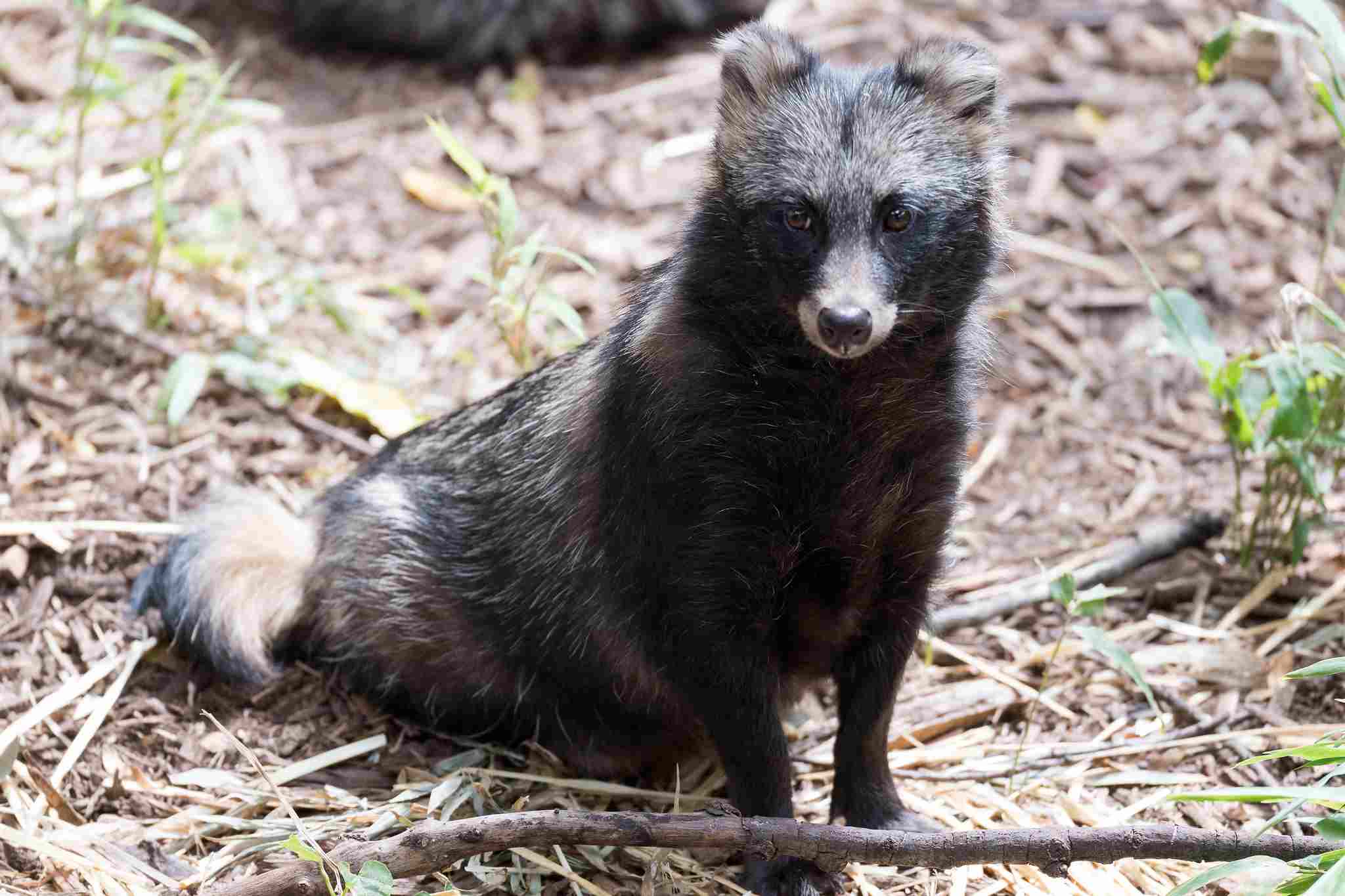
Raccoon:
Characterized by a distinctive mask-like facial marking and ringed tail.
Grayish-brown fur with a bushy tail and sharp claws.
Ecological Implications: Camouflage in various environments, aiding in nocturnal hunting and foraging.
Tanuki:
Resembles a small dog with a rounded face and short legs.
Coarse fur, usually yellowish-gray with a black mask on the face.
Ecological Implications: Adaptation to diverse habitats, potentially influencing predation and mating dynamics.
3. Size:
Raccoon:
Length: 60–95 cm (24–38 inches), excluding the tail.
Tail length: 20–40 cm (8–16 inches).
Tanuki:
Length: 55–70 cm (22–28 inches), excluding the tail.
Tail length: 13–25 cm (5–10 inches).
Ecological Implications: Variances in size may impact niche utilization and resource competition within ecosystems.
4. Weight:
Raccoon:
Weight: 5–26 pounds (2.3–11.8 kg).
Tanuki:
Weight: 4–13 pounds (1.8–6 kg).
Ecological Implications: Weight differences may affect energy requirements, food consumption, and interactions with other species.
5. Bite Force (PSI):

Raccoon: PSI not well-documented, but estimated to be around 30 pounds per square inch (PSI).
Tanuki: PSI not extensively studied, but generally considered lower than that of raccoons.
Ecological Implications: Bite force influences prey selection, feeding strategies, and interactions with competitors, contributing to ecological roles.
6. Physical Offensive Advantages:
Raccoon:
Sharp claws and teeth for effective climbing and hunting.
Tanuki:
Short legs and agility for quick movements.
Ecological Implications: Differential offensive adaptations may influence hunting strategies and prey preferences.
7. Physical Defensive Advantages:
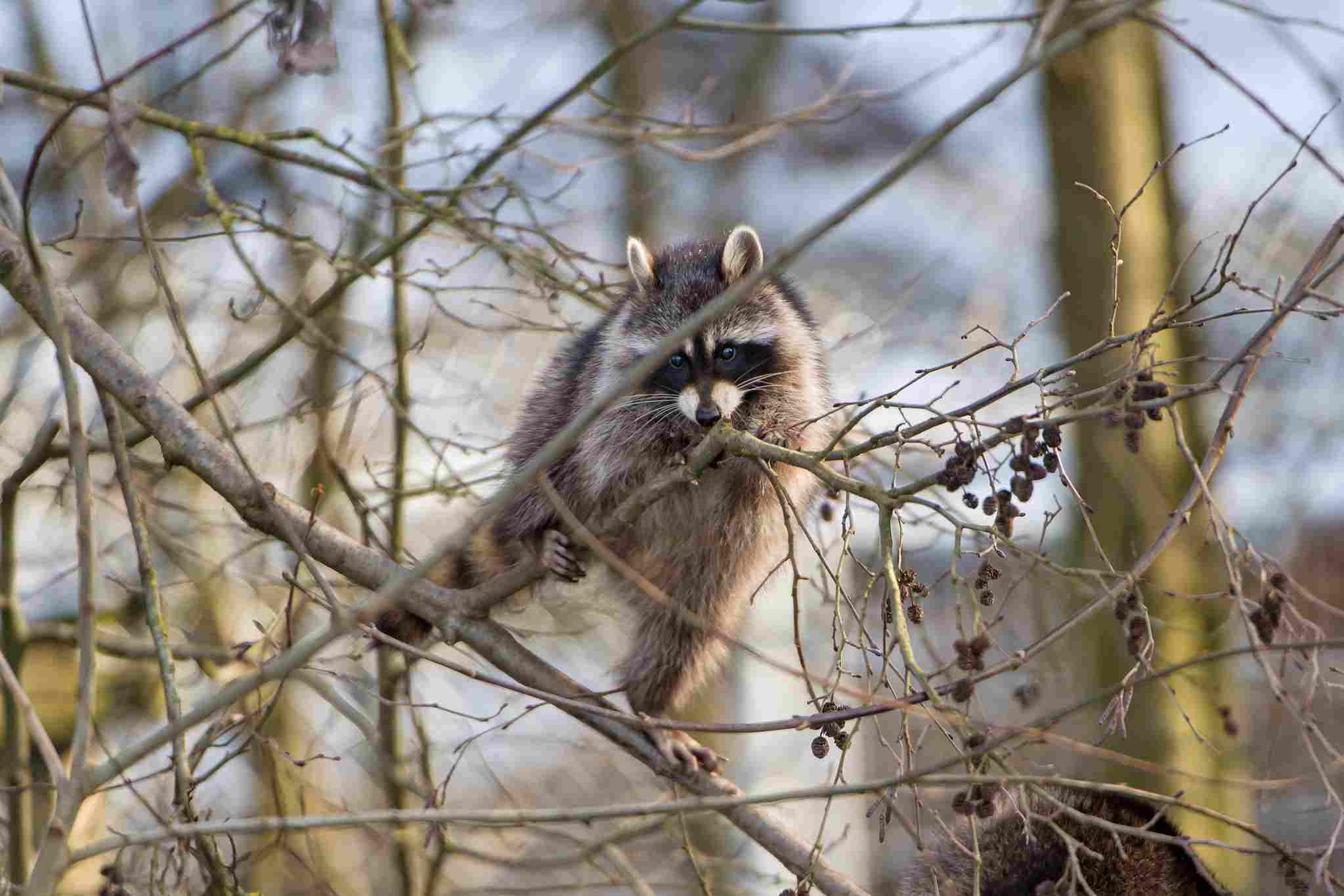
Raccoon:
Agility and climbing ability to escape predators.
Tanuki:
Swift movements and digging abilities for evasion.
Ecological Implications: Defensive traits contribute to survival strategies, affecting predation dynamics in their respective habitats.
8. Speed (Km/hour or Mile/hour):
Raccoon: Capable of running at speeds up to 15 miles per hour (24 km/h).
Tanuki: Agility allows for speeds up to 10 miles per hour (16 km/h).
Ecological Implications: Speed influences pursuit of prey and evasion from predators, impacting the overall balance of the ecosystem.
9. Agility:
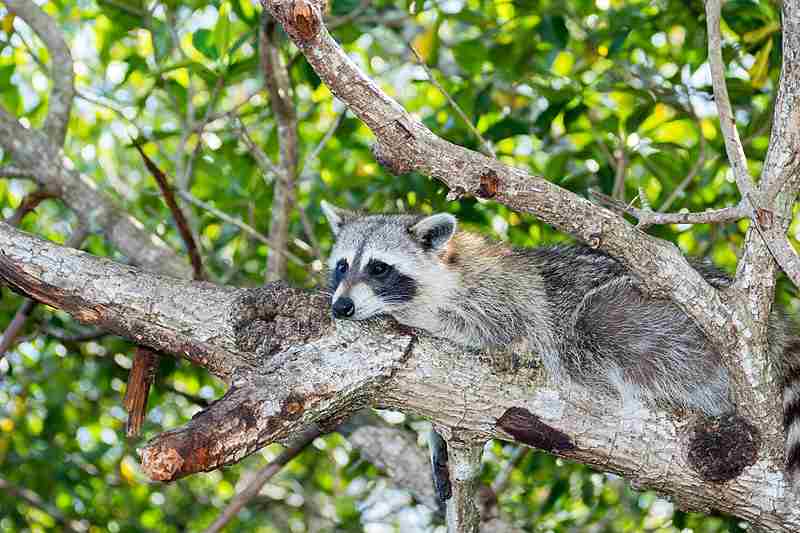
Raccoon: Agile climbers with excellent tree-climbing skills.
Tanuki: Agile runners with the ability to navigate diverse terrains.
Ecological Implications: Varied agility adaptations may affect habitat utilization, foraging efficiency, and interactions with other species.
10. Senses:
Raccoon:
Well-developed sense of touch and excellent night vision.
Tanuki:
Keen sense of smell and hearing, adapted for detecting predators and prey.
Ecological Implications: Differences in sensory adaptations influence hunting strategies, foraging efficiency, and predator avoidance.
11. Overall Physical Capacity:
Raccoon: Versatile climbers and proficient hunters, utilizing a combination of physical traits for survival.
Tanuki: Agile runners with adaptations suited for ground-based foraging and evasion.
Ecological Implications: Diverse physical capacities contribute to niche differentiation, potentially reducing competition within shared ecosystems.
12. Habitat Preference(s):
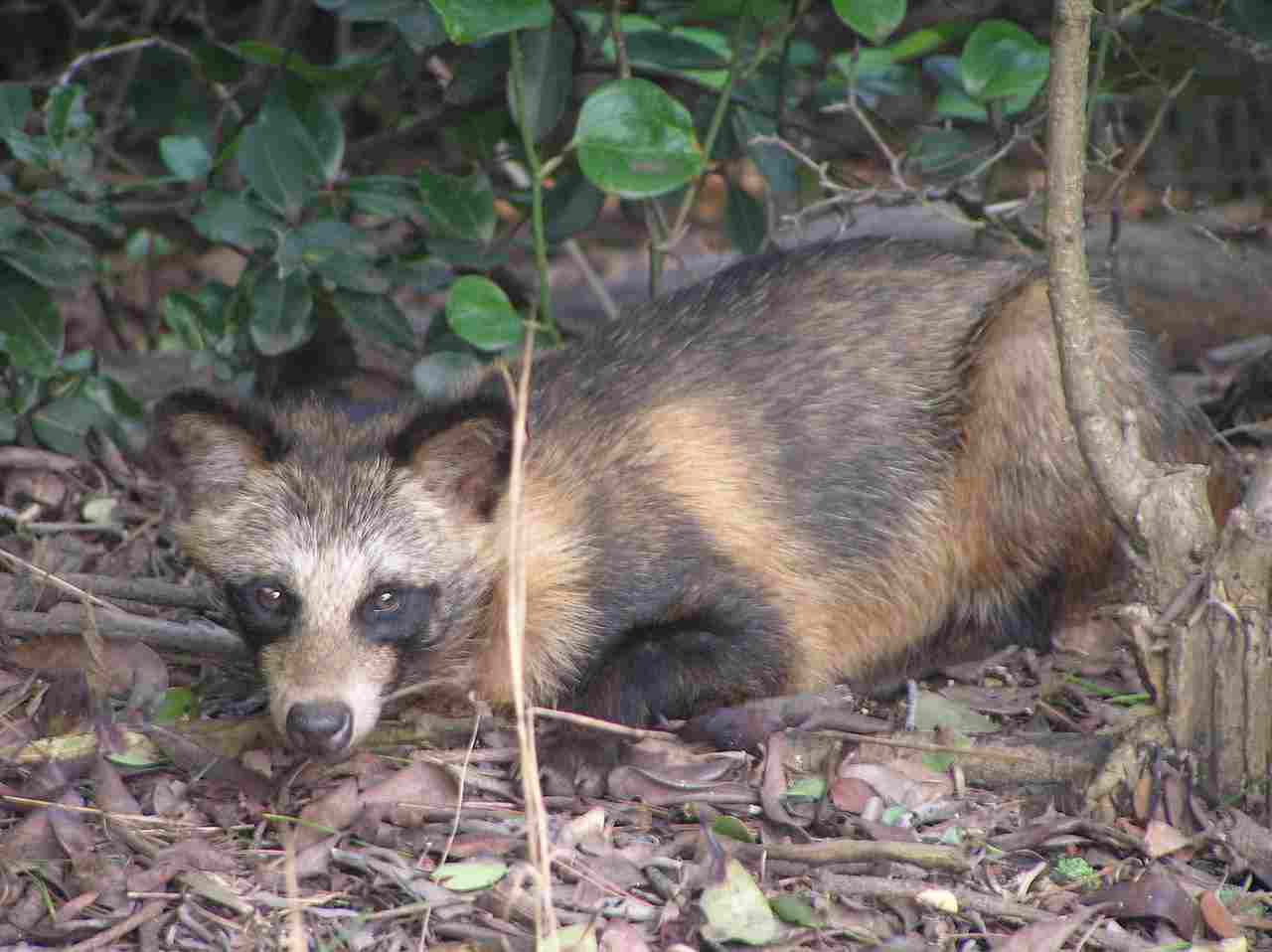
Raccoon: Thrives in a variety of habitats, including forests, urban areas, and wetlands.
Tanuki: Prefers forested areas and agricultural landscapes, adapting to different environments.
Ecological Implications: Habitat preferences influence the distribution and impact of each species on local ecosystems.
13. Tracks:
Raccoon: Distinctive tracks show five toes with claw marks, resembling tiny human hands.
Tanuki: Tracks exhibit a pattern similar to that of domestic dogs, with four toes and distinct claw marks.
Ecological Implications: Tracking patterns aid researchers in studying the distribution and movement patterns of each species in their respective habitats.
14. Lifespan:
Raccoon: Typically lives 2 to 3 years in the wild, although some may reach 5 to 7 years in favorable conditions.
Tanuki: Generally has a lifespan of 3 to 4 years in the wild.
Ecological Implications: Lifespan variations influence population dynamics, reproduction rates, and ecological interactions.
15. Mode of Feeding:
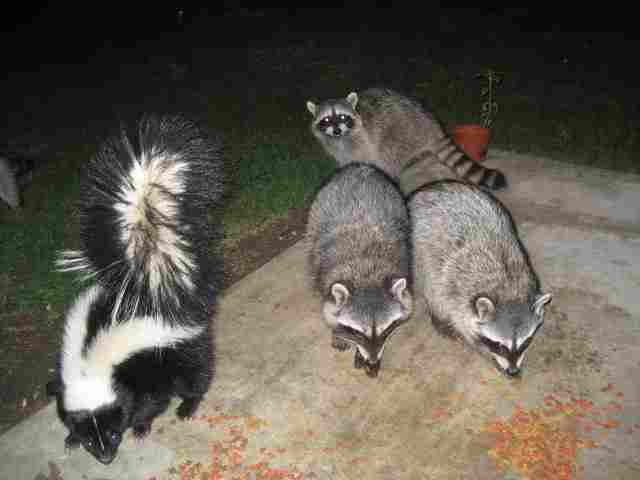
Raccoon: Omnivorous diet, consuming a variety of foods including fruits, insects, small mammals, and human waste.
Tanuki: Omnivorous, feeding on fruits, small animals, and carrion.
Ecological Implications: Dietary preferences impact competition with other species and contribute to the balance of local ecosystems.
16. Intelligence:
Raccoon: Highly adaptable and intelligent, capable of problem-solving and using tools.
Tanuki: Intelligent with problem-solving abilities, adapting to diverse environments.
Ecological Implications: Cognitive abilities influence foraging strategies, resource utilization, and interactions with the environment.
17. Social Behavior:
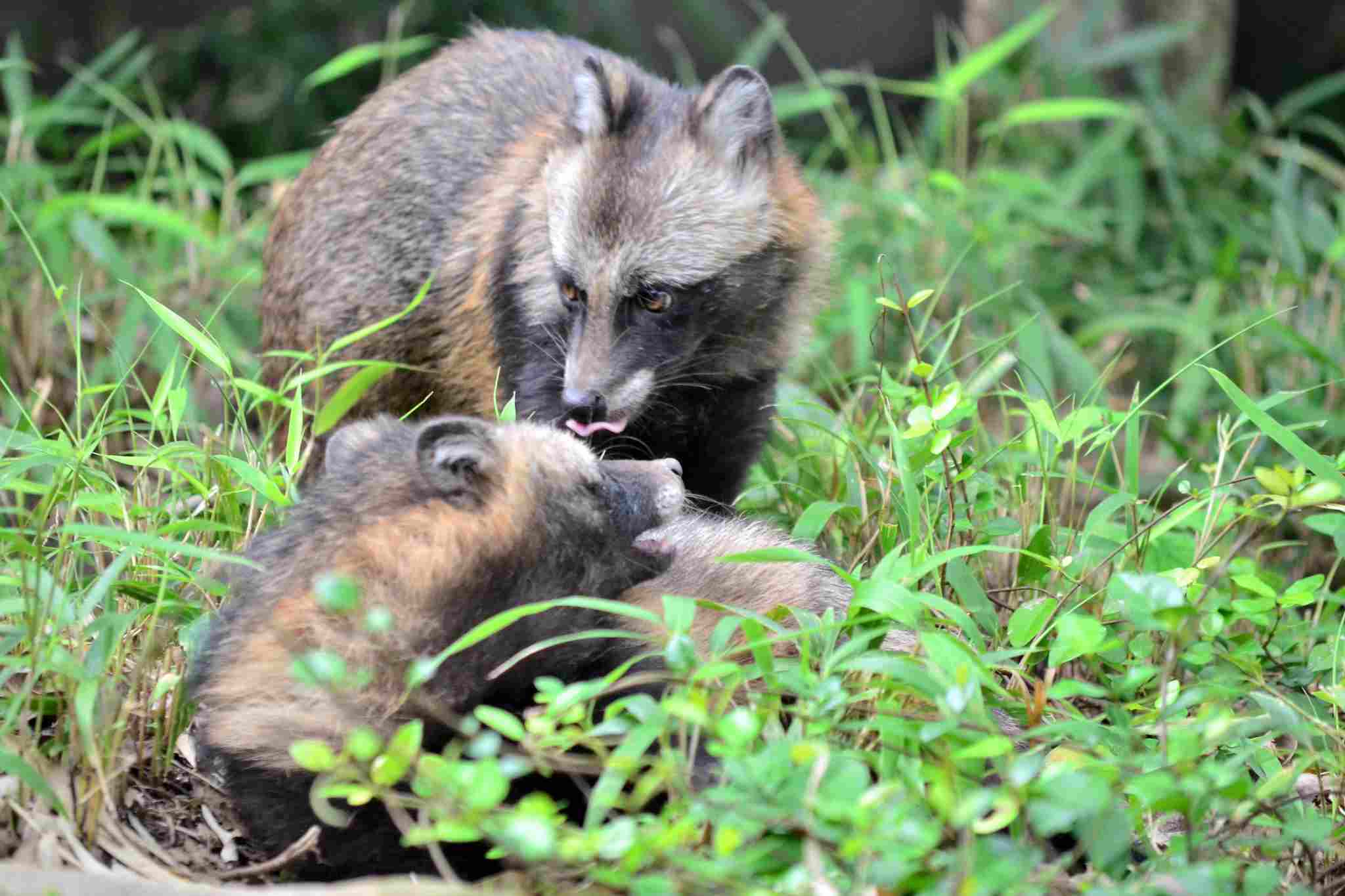
Raccoon: Generally solitary, but may form loose groups, especially during the mating season.
Tanuki: Typically solitary, with minimal social structure.
Ecological Implications: Social behaviors influence mating dynamics, territoriality, and resource competition within their respective habitats.
18. Mode of Reproduction:
Raccoon: Polygamous mating system, with breeding occurring from January to June.
Tanuki: Monogamous mating system, with breeding usually taking place from February to March.
Ecological Implications: Differences in mating systems may impact population dynamics, genetic diversity, and competition for mates.
19. Parental Behavior:
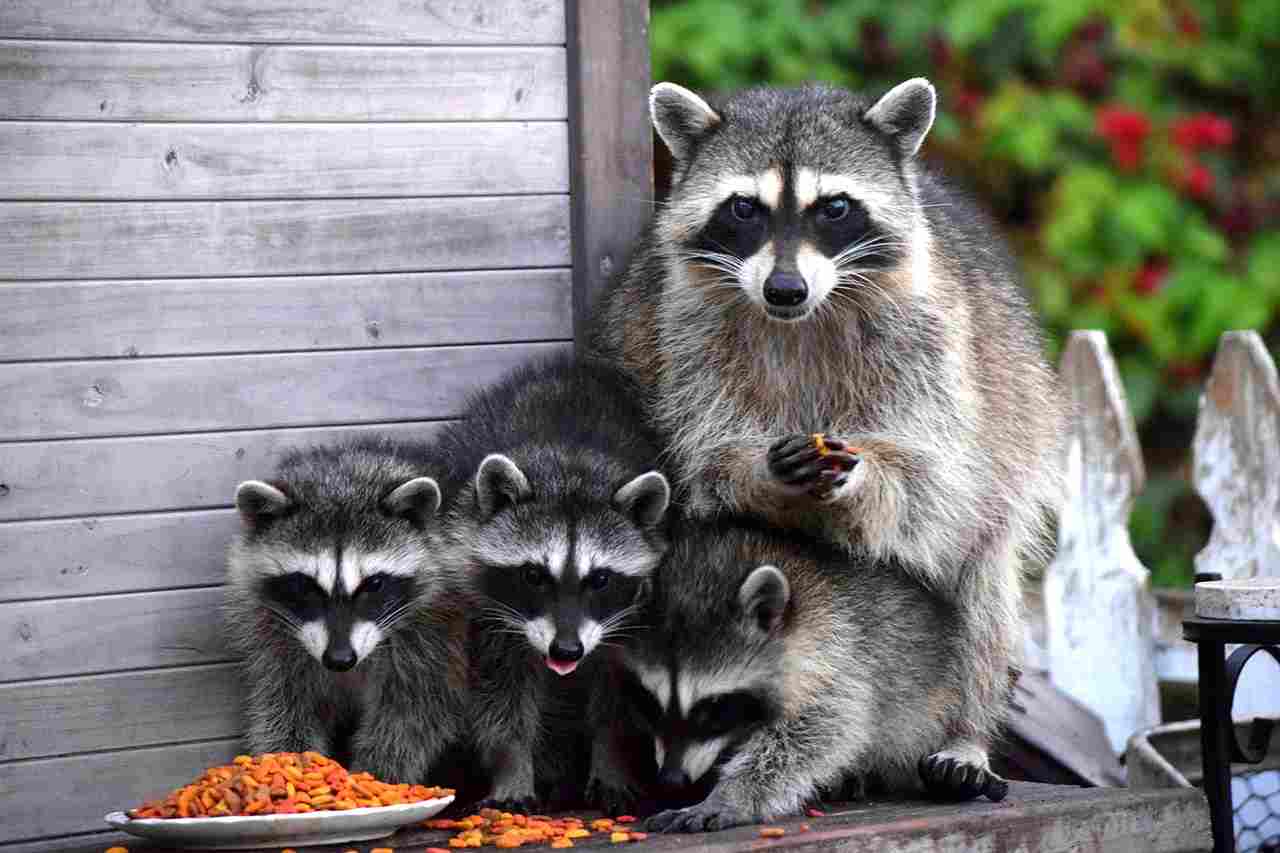
Raccoon: Females build nests for their young and provide maternal care until the kits are independent.
Tanuki: Limited parental care, with mothers primarily responsible for nursing and protecting their offspring.
Ecological Implications: Variances in parental behavior affect the survival rates of offspring and contribute to the overall reproductive success of each species.
20. Proximity to Human-Inhabited Areas:

Raccoon: Highly adaptable to urban environments, often found in proximity to human dwellings.
Tanuki: Shows adaptability to human-altered landscapes but generally prefers less urbanized areas.
Ecological Implications: Human proximity influences resource availability, predation risks, and potential conflicts with humans.
21. Behavior Toward Humans:
Raccoon: Can display bold behavior, especially in urban areas, scavenging for food in human habitats.
Tanuki: Generally shy and tends to avoid direct interaction with humans.
Ecological Implications: Behavioral differences impact the likelihood of human-wildlife conflicts, influencing conservation and management strategies.
22. Danger Posed to Humans:
Raccoon: Generally poses a low threat to humans; however, may carry diseases such as rabies and can become aggressive if cornered or threatened.
Tanuki: Typically poses minimal threat to humans, avoiding direct confrontations.
Ecological Implications: Potential dangers influence public perception and management strategies for coexistence.
23. Associated Precautions:
Raccoon: Caution needed when encountering raccoons, especially if they appear sick or aggressive; proper waste management helps reduce human-wildlife conflicts.
Tanuki: Standard precautions apply, with minimal concern for direct harm to humans.
Ecological Implications: Human precautions impact the coexistence and conservation of these species in shared environments.
24. Conservation Status:
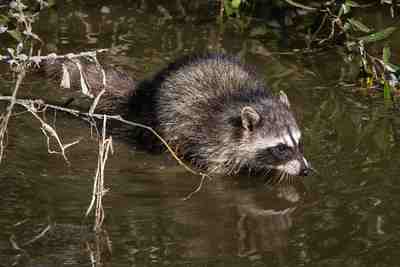
Raccoon: Least Concern (LC) on the IUCN Red List, with stable populations.
Tanuki: Least Concern (LC) on the IUCN Red List, but regional variations exist.
Ecological Implications: Conservation statuses influence conservation efforts, funding priorities, and policies related to these species.
Summary of Comparison
Taxonomy:
Raccoon: Family Procyonidae, Genus Procyon.
Tanuki: Family Canidae, Genus Nyctereutes.
Appearance:
Raccoon: Mask-like facial marking, ringed tail, grayish-brown fur.
Tanuki: Rounded face, short legs, yellowish-gray fur, black mask.
Size:
Raccoon: Length 60–95 cm, Tail 20–40 cm.
Tanuki: Length 55–70 cm, Tail 13–25 cm.
Weight:
Raccoon: 5–26 pounds.
Tanuki: 4–13 pounds.
Bite Force (PSI):
Raccoon: Estimated around 30 PSI.
Tanuki: Generally considered lower.
Physical Offensive Advantages:
Raccoon: Sharp claws and teeth.
Tanuki: Short legs and agility.
Physical Defensive Advantages:
Raccoon: Agility and climbing ability.
Tanuki: Swift movements and digging abilities.
Speed:
Raccoon: Up to 15 mph.
Tanuki: Up to 10 mph.
Agility:
Raccoon: Excellent tree-climbing skills.
Tanuki: Agile runners.
Senses:
Raccoon: Well-developed sense of touch, excellent night vision.
Tanuki: Keen sense of smell and hearing.
Overall Physical Capacity:
Raccoon: Versatile climbers, proficient hunters.
Tanuki: Agile runners, ground-based foraging.
Habitat Preference(s):
Raccoon: Diverse habitats including forests and urban areas.
Tanuki: Prefers forested areas, adaptable to different environments.
Tracks:
Raccoon: Five toes with claw marks, resembling tiny human hands.
Tanuki: Four toes with distinct claw marks, similar to domestic dogs.
Lifespan:
Raccoon: 2–3 years, up to 5–7 years in favorable conditions.
Tanuki: 3–4 years.
Mode of Feeding:
Raccoon: Omnivorous.
Tanuki: Omnivorous.
Intelligence:
Raccoon: Highly adaptable and intelligent.
Tanuki: Intelligent with problem-solving abilities.
Social Behavior:
Raccoon: Generally solitary, may form loose groups.
Tanuki: Typically solitary.
Mode of Reproduction:
Raccoon: Polygamous mating.
Tanuki: Monogamous mating.
Parental Behavior:
Raccoon: Females provide maternal care until kits are independent.
Tanuki: Limited parental care, mothers primarily responsible for nursing.
Proximity to Human-Inhabited Areas:
Raccoon: Highly adaptable to urban environments.
Tanuki: Shows adaptability to human-altered landscapes.
Behavior Toward Humans:
Raccoon: Can display bold behavior, scavenging in human habitats.
Tanuki: Generally shy, tends to avoid direct interaction.
Danger Posed to Humans:
Raccoon: Low threat, may carry diseases.
Tanuki: Minimal threat, avoids direct confrontations.
Associated Precautions:
Raccoon: Caution needed, proper waste management reduces conflicts.
Tanuki: Standard precautions, minimal concern for direct harm.
Conservation Status:
Raccoon: Least Concern (LC).
Tanuki: Least Concern (LC), with regional variations.
Conclusion
I. Similarities:
Both species belong to the order Carnivora and exhibit omnivorous diets.
Share a degree of adaptability to diverse habitats.
II. Differences:
Variances in size, physical traits, and behavior impact their ecological roles and interactions within ecosystems.
